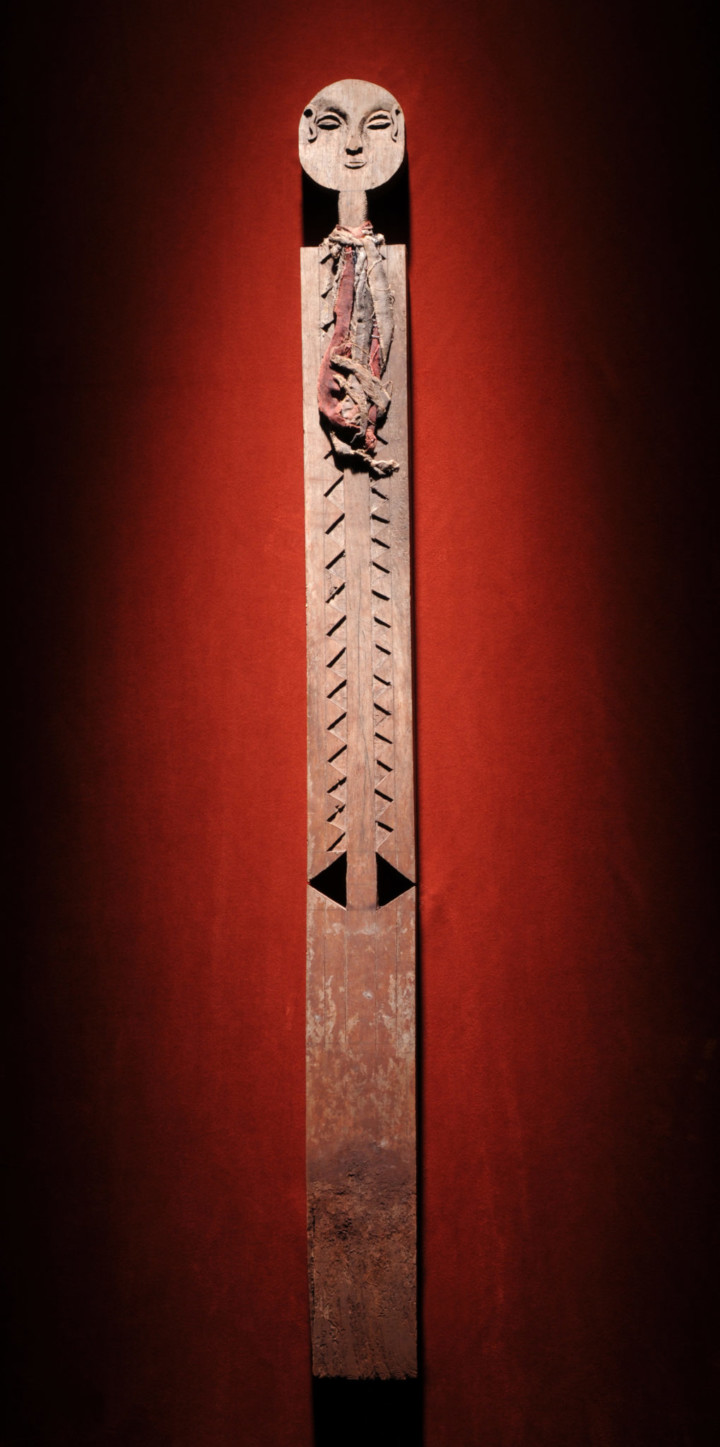There are 80,000 prisoners held in solitary confinement in prisons across the country, all cut off completely from the outside world. These prisoners serve their long-term sentences with no human interaction whatsoever. Some serve sentences of a few months, others are isolated for years and even decades. Does the crime match the punishment? Read on to understand the physical and psychological effects of solitary confinement and join the conversation.
As a Colorado native, tragedies such as those at Columbine High School and the Aurora Century 16 movie theater happened close to home. I read the articles, and I watched the desperate parents search for answers on the news. I attended local candle-light vigils for victims of these crimes. But never once did I question the fate of the people responsible for these atrocities. They carelessly and ignorantly took the lives of so many innocent people, and they got what they deserved. Right?
Are the physical and psychological effects of solitary confinement justified? Or are we dehumanizing prisoners to the point where they can no longer function in society?
Colorado is Home to ADX Florence
South-bound I-25 is what some Coloradans think of as a special kind of hell. A two-lane highway peppered with construction and new developments that create more of a traffic halt than a jam at 4 o’clock on any given weekday.
Commuters curse the engineers of the poorly designed road that has become an artery for Denver’s workforce. For the regular driver, I-25 is a mere side pain on their way to their destination. For others, those who society has deemed the “worst of the worst,” I-25 leads to Exit 140 and to the “Alcatraz of the Rockies,” their own special kind of hell.
The United States Penitentiary, Administrative Maximum Facility known as ADX Florence, is located in Florence, CO. It is the country’s only federal supermax facility. The stunning southern Rocky Mountains are the last signs of life inmates see on their way through the gates. “We designed it so the inmates can’t see the sky, intentionally,” says former Supermax Warden Robert Hood in an interview with CNN.
ADX Florence is home to some of the most notorious and dangerous criminals in history. Men like the Oklahoma City bomber, the Boston Marathon bomber, and as of 2019, Joaquín “El Chapo” Guzmán. These inmates serve their sentences locked in an 84-square-foot, soundproof, one-man concrete cell for 23 hours per day. Their meals are served through a slot in the steel door. They are allowed one hour of exercise per day, locked in a separate cage.
To some, the punishment of complete and total isolation seems like a justified fit for the heinous crimes some of the inmates at ADX Florence have committed. But what about the other prisoners and the physical and psychological effects solitary confinement has on them?
The Physical Effects of Solitary Confinement
Lauren Rovner is a civil rights lawyer who specializes in the constitutional rights of prisoners. Through her work at the University of Denver, she has studied the treatment of the prisoners in ADX Florence first-hand.
In her TEDxMileHigh Reset talk in 2018, Rovner explains the types of physical effects life in a closet-sized cell can cause. “Some people report that after years of looking at nothing further than 10 feet away, their eye-sight has deteriorated so much that they can’t focus on faraway objects anymore,” says Rovner. She also mentions that some of her clients are so deprived of human interaction that they lose their voice after an hour of conversation.
Although the research is still in the early stages, psychologist Craig Haney mentions that there is a range of effects that can result from a lack of exposure to sunlight, fresh air, and access to adequate exercise.
Rovner covers several hard-to-imagine details about the lives of some of her clients in ADX Florence. She says that as time goes on, their bodies are impacted by the lack of human interaction and conversation. But even more profound are the psychological effects of solitary confinement.
The Psychological Effects of Solitary Confinement
“The isolation is so deep and profound that one of our clients would lie on the floor of his cell for hours just hoping to catch a glimpse of someone’s feet as they walked by his cell,” describes Rovner. “Another befriended a wasp that flew into his cell—feeding it and talking to it as a friend.”
Imagine being so desperate for any kind of interaction that you settle for the quick snapshot of someone’s feet underneath your door. Or imagine needing companionship so badly that a wasp will suffice as a friend. These instances are the realities for inmates in solitary confinement. They’re enough to mentally impact anyone.
Some inmates show obvious signs of insanity. Anthony Graves is a former death row inmate who served 10 years in solitary. In an American Psychological Association report in 2012, Graves states, “I would watch guys come to prison totally sane, and in three years they don’t live in the real world anymore.” He mentions that one inmate “would go out into the recreation yard, get naked, lie down and urinate all over himself. He would take his feces and smear it all over his face.”
Rovner explains that some men adapt to isolation. But while they may not show any outward signs of mental illness, “there is grave harm in the adjustment itself,” says Rovner. Such a prolonged amount of time deprived of human interaction paradoxically leads to social withdrawal. Inmates become overwhelmed and cannot handle the thought of having to interact with another person.
“So much of what we do and who we are is rooted in a social context,” says Haney in an American Psychological Association feature on solitary confinement.
Isolation from any kind of society results in a slow social death.
“The men at ADX are stuck in suspended animation. Not really part of this world, but not really part of any world that is tangibly human,” says Rovner.
Is There Another Solution?
While some men serving solitary confinement sentences will never be reintegrated into society, some will. In fact, according to NPR investigative correspondent Lauren Sullivan in her 2012 interview, “Ninety-five percent of the people we have incarcerated in our supermax prisons in this country will be walking in our communities one day.”
Can we fully expect someone who has latched onto a wasp due to a lack of interaction to successfully reintegrate into society?
A 2007 study done at the University of Washington showed that prisoners released directly from solitary confinement committed new crimes sooner than those who were transferred to the general population first before their release. Solitary confinement is, in the eyes of civil rights defendants like Rovner, torture. But is there any other solution?>
In her TEDxMileHigh Humankind talk, Professor Shannon Sliva speaks on the impact restorative justice can have on prisoners and communities. She advocates for conversation rather than isolation. There may not be a place for every inmate in ADX Florence at the restorative justice table. Yet, some could be held more accountable for the pain they inflicted in less physically and mentally harmful ways.
Did They Really Get What They Deserved?
Yes, “El Chapo” committed awful, unimaginable crimes, and it is clear that there is no safe place in society for him. Does he really deserve to never see the sky again? Former Warden Hood says those in ADX Florence serve a sentence that is “far much worse than death.” For some, especially those directly affected by the crimes committed by these men, the punishment may seem justified.
ADX Florence is a little more than a two-hour drive from my hometown, a lot more if you hit that dreaded I-25 traffic. Prisoners who have ignorantly taken innocent lives serve their time. But, in terms of serving a life of constant deprivation and complete isolation, did they really truly get what they deserved?


















